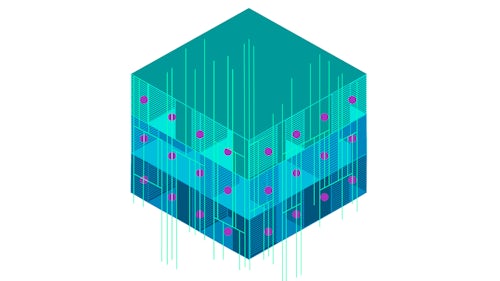The modern demand for electric and traditional vehicles forces automotive manufacturers to rethink their development processes. Keeping up with an increased production schedule while maintaining profitability is a severe challenge and simply cutting costs isn’t enough as companies struggle to make profits. Automotive manufacturers need to improve and streamline their development processes to enhance the performance of vehicles and reduce development times.
This executive brief describes the changes automotive manufacturers need to make to their development process to improve next-generation vehicle performance engineering — Download now to learn more!
Avoid costly issues with vehicle integration
With today's shorter vehicle development times, working in isolation leads to significant redesigns and delays. Design teams can avoid major redesigns by collaborating earlier and regularly throughout a project. But the answer is not to build more costly and inefficient physical prototypes— instead, simulation is the answer to collaboration and integration in vehicle performance engineering. By producing a comprehensive digital twin, engineers can understand precisely how components will perform when integrated with others, saving time and money.
Integrate MBSE to produce a better product, faster and at a lower cost
Along with simulation, model-based system engineering (MBSE) is key to modern vehicle performance engineering. By incorporating modular design, engineers can re-use elements rather than start from scratch with each new vehicle, combining individual design models to form the basis of any new project. This, combined with frontloading simulations, helps teams make many design decisions as early as possible, resulting in a better product that is completed sooner at a lower cost.
Use artificial intelligence to improve vehicle performance engineering
Artificial intelligence (AI) and machine learning (ML) are used extensively in autonomous driving development to determine the perception and control algorithms and validate different scenarios. In electrification programs and traditional powered vehicles, engineers can use a data-driven approach to increase testing efficiency, predict performance without creating complex simulation models, and effortlessly translate full vehicle targets to subsystems.
Download the executive brief to discover why combining simulation, testing, MBSE, and AI is the key to modern vehicle performance engineering and remaining competitive now and in the future.



